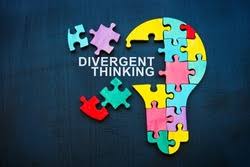Knowledge of Phoneme Summary
Copyright 2020: ThoughtCo.
I would like to thank the 1,017 people who responded to this questionnaire. Originally, I expected just a few responses, so the power of social media surprised me again! It is important to point out that this activity was not intended for research purposes, but rather as a fun activity.
These types of activities are often included in early stages of professional certification trainings as approaches to understanding the sound structure of the American English language. Learning about the basic structure of our language is essential to learning and teaching ALL students to decode and encode the roughly 171,000 words found in the 11th edition of the Merriam-Webster’s Dictionary. Our coded language is based on a structure that includes phonemes that are represented by way of symbols, also known as graphemes. As someone with dyslexia, I find putting the pieces of words together fascinating, all parts need to fit accurately to spell and read the word. In reference to teaching and learning, letter-sound correspondence are necessary for students with dyslexia who are learning to spell and read; letter-sound correspondence are the building blocks for learning to read. This exercise was an interesting view into how adult readers "hear" the sounds in common words that they can already successfully read.
The responses to the survey were very positive. You can view results by clicking here . I have also shared my thoughts regarding the differing responses along with the graphical depiction for each response.
Overall, the results indicate that advocacy work and training are effective and impactful! The Science of Reading gives teachers the tools they need to effectively teach students to read. As demonstrated in this little survey, even adults are not always clear about the very first step in the process of identifying the single sound or phoneme in a word. We still have work to do! Our goal is to continue working as a village until “Every Child Can Read”!!
Sincerely,
Shawn Anthony Robinson Phd




Comments
Post a Comment